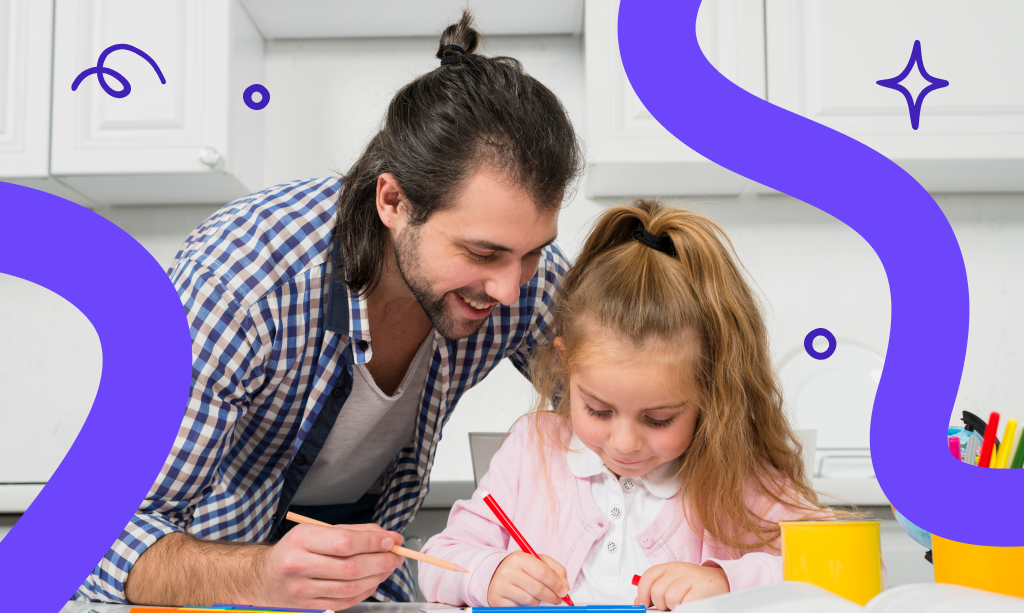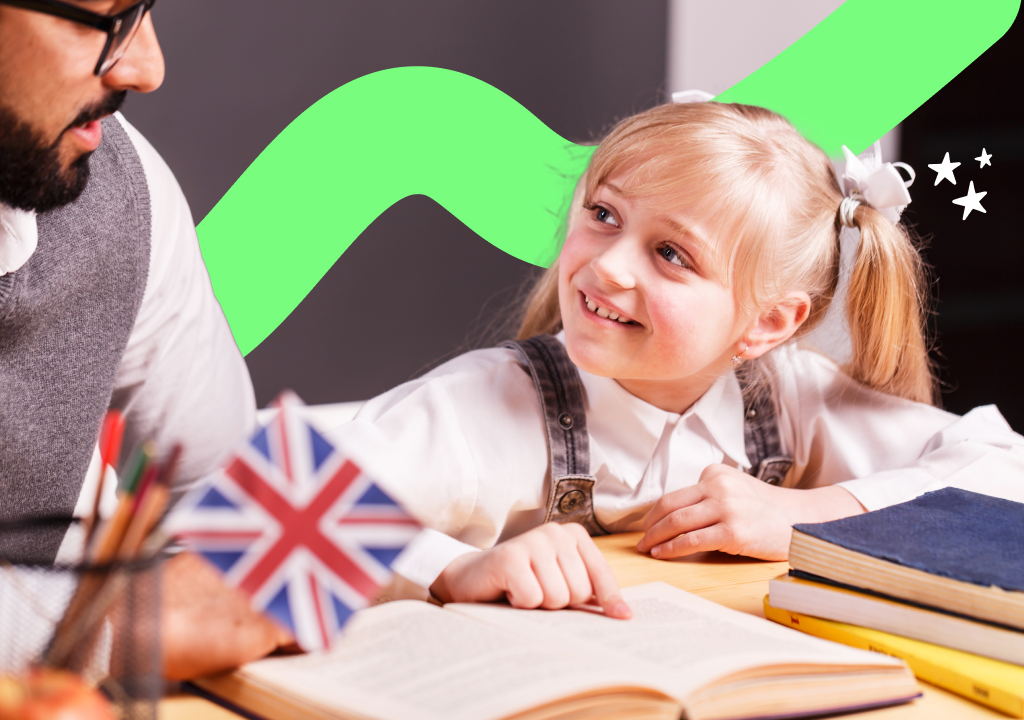Learning English Through Activities: English Activities for Children to Do at Home
Make learning English fun with easy at-home activities for kids, like reading, games, crafts, and more to boost language skills.
Are you looking for fun and engaging ways to help your child learn English at home? If so, you’re in the right place! Learning English doesn’t have to be a chore—it can be an exciting adventure filled with games, activities, and creative exercises. When kids are involved in activities, they not only stay motivated but also develop a deeper connection to the language.
At-home activities are a fantastic way to improve language skills in a comfortable and familiar environment. Whether it’s through crafts, games, or simple conversations, children can practice English while having fun and building confidence. These activities provide opportunities for kids to hear, speak, read, and write in English, all while enjoying the process!

Have Fun Learning English at Home
By incorporating various interactive activities into your child’s daily routine, you can help them expand their vocabulary, improve their speaking skills, and enhance their overall understanding of the language.
Plus, at-home learning gives you the chance to provide personalized attention and adapt the activities to your child’s interests and needs. Let’s explore some exciting and simple ways to boost your child’s English skills right at home!
Reading Activities
Reading activities are a fun and effective way to help children improve their English. There are many creative ways to engage kids with reading, from sharing stories together to turning books into interactive games. Here are three exciting reading activities to try at home: Story Time, Word Hunts, and DIY Storytelling.
Story Time: Reading simple books together is an enjoyable way to practice English. As you read, ask your child questions about the story, like “What do you think will happen next?” This helps them think about the story and use new words to express their ideas.
Word Hunts: Turn reading into a game by doing a word hunt! Use books or magazines to find specific words or letters. For example, you can ask your child to find all the words that start with a certain letter or look for their favorite words.
DIY Storytelling: Get creative by making up your own stories together. Encourage your child to use familiar words and phrases to create a story and even illustrate it. This activity helps children practice their vocabulary and boosts their imagination.
Writing Activities
Writing activities are another great way to help children develop their English by practicing their writing skills in a hands-on way. These activities encourage creativity, improve handwriting, and build confidence in using new words and sentences. Kids can do three engaging writing activities at home: Word Tracing, Daily Journal, and Label the House.
Word Tracing: Use tracing sheets that have letters or words for children to trace over. This activity helps them practice letter formation, improve handwriting, and become familiar with the shapes of words.
Daily Journal: Encourage your child to write a few simple sentences each day about their day, their thoughts, or their feelings. This helps them practice sentence structure, vocabulary, and creative thinking while making writing a regular habit.
Label the House: Create labels for common items around the house (like “door,” “table,” “chair”) and have your child write them out. This helps reinforce word recognition and connects writing to their environment.
Speaking and Listening Activities
As reading and writing are important things to work on, so are listening and speaking. Activities for these skills help develop active participation and enhance listening and speaking confidence. Here are three fun speaking and listening activities to try at home: Role-Playing, Sing-Along Songs, and Simon Says.
Role-Playing: Act out common everyday situations, like shopping or ordering food, where children can practice speaking and listening. This helps them learn valuable phrases and boosts their confidence.
Sing-Along Songs: Use popular children’s songs to practice pronunciation and listening. Singing along helps children improve their rhythm and intonation while making learning fun.
Simon Says: Play this classic listening game to practice following spoken instructions. It’s a fun way to help kids improve their listening skills while also learning new vocabulary in a playful way.
Interactive Games
interactive games are a fantastic way to make learning English fun while still strengthening vocabulary and language skills at home. These activities encourage active participation and can be tailored to any level of learning.
Word Puzzles: Use crosswords, word searches, or Scrabble to help children expand their vocabulary. These puzzles challenge them to recognize and recall words while making learning enjoyable.
Charades: In this game, children act out words or phrases while others guess. Charades encourages speaking and creativity, helping children practice their vocabulary in a lively, interactive way.
Matching Games: Use games that match words to pictures or definitions. This is a great way for kids to build their vocabulary as they connect words to images or meanings, reinforcing their understanding of new words.
Creative Activities
To complete our list of English activities for children to do at home, we have creative activities. Creative activities are a wonderful way to integrate language learning with hands-on experiences. Do they like to cook? Are your children crafty? Take a look at these examples below:
Craft Projects: Get creative with arts and crafts while labeling items or steps in English. Whether making a picture or building something, this activity helps children learn new words by associating them with the objects they create.
Cooking Together: Follow a simple recipe together, using English to talk about the ingredients and steps. This is a great way to teach new vocabulary related to food, measurements, and actions while enjoying a tasty treat.
DIY Flashcards: Create your own flashcards with pictures or drawings to help learn new words. Kids can use these flashcards to practice vocabulary and even turn it into a fun game.
In conclusion, learning English through fun activities is a great way for kids to improve their language skills. Whether it’s reading, writing, playing games, or doing creative projects, there are many ways to make learning enjoyable while still enjoying some of their favorite hobbies. The more kids practice, the better they get at using English. So, have fun with these activities and watch your child’s confidence and skills grow!






































